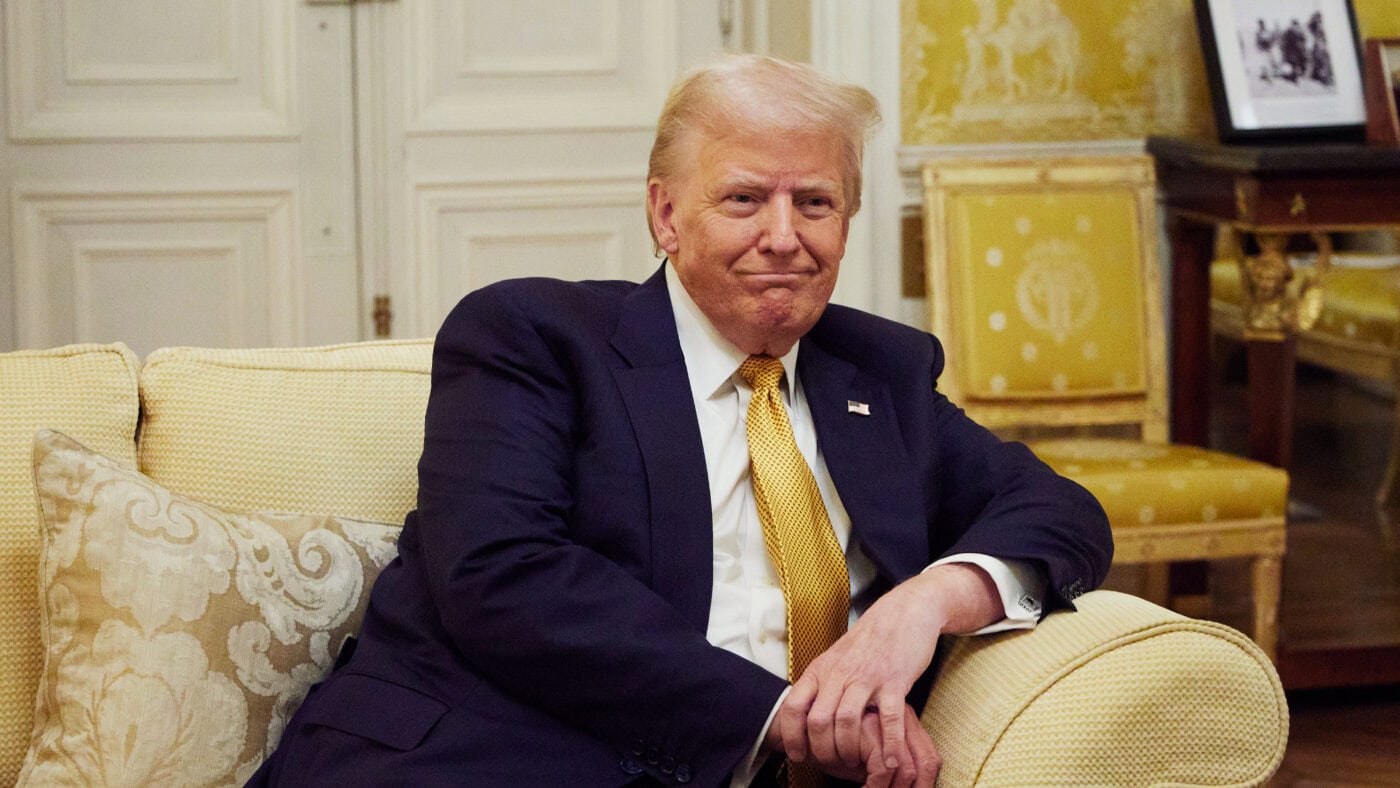Out of the myriad reasons that have been offered for why a second Donald Trump administration will be unique (there has been no shortage of punditry on this), the most powerful is that Trumpism has outgrown Trump. The MAGA movement has been steadily growing not just numerically, but also in the influence and scope of its new protagonists and ideas. What started as Trump’s personal creature, a vehicle for his larger-than-life candidacy, is now a movement, a family of ideas with its own pantheon of prophets and a growing set of policy convictions.
Project 2025 is the perfect example. A sprawling plan for government rich in policy detail that contrasts sharply with President-elect Trump’s predilection for sound-bites over white papers. Despite Trump having publicly distanced himself from Project 2025 during the campaign, the contributors are still part of the MAGA galaxy and will undoubtedly influence the upcoming administration.
The section on reform of the Federal Reserve, authored by Dr Paul Winfree and others, can give us some clues as to what the monetary policy thinking around Trump is, and how it might influence him. Indeed, Dr Winfree was Director of Budget Policy in the first Trump administration.
In brief, the main recommendations put forward for reform of the Fed are the following:
- Eliminate the ‘dual mandate’ by removing ‘full employment’, requiring the Fed to focus on price stability alone.
- Limit the Federal Reserve’s lender-of-last-resort function.
- Wind down the Federal Reserve’s balance sheet.
- Have elected officials compel the Fed to specify its target range for inflation and inform the public of a concrete intended growth path.
- Appoint a commission to explore the mission of the Federal Reserve, alternatives to the Federal Reserve system, and the nation’s financial regulatory apparatus.
- Prevent the institution of a central bank digital currency (CBDC).
At the core of these proposals is an attempt at sharpening the Fed’s independence and narrowing its remit. Many of these points, such as strict inflation targeting and reducing balance sheet purchases, will be music to the ears of orthodox monetarists. These measures would have the welcome effect of reining in the practice of Quantitative Easing (QE) which encourages federal deficits and, according to some studies, increases inflation. Similarly, moving the Fed to a ‘single mandate’ role centered solely on price stability aims to incentivise more cautious interest rate setting that prioritises low inflation as opposed to being more vulnerable to market cycles.
Some of the more controversial – or ambitious – measures (readers will make up their own mind) relate to exploring wholesale alternatives to a central bank system (including entirely abolishing the state’s control of the money supply) and stopping any attempt at developing a CBDC.
Overall, there are compelling reasons to think that some sort of shake-up of the Fed’s remit will be on the cards in the second Trump presidency. Whether that takes the more radical, expansive form set out in Project 2025, or whether President Trump will limit himself to ‘fine-tuning’ the Fed’s mandate to be more aggressive on inflation targeting is yet to be seen. With Republicans in control of Congress, we are likely to see a lot of political jostling to change the Federal Reserve Act.
Sound monetary policy is a commandment of small-state conservatism. And most conservatives, in America as here in the UK, agree that something must be done to reduce ballooning government spending driven by an over-reliance on ‘easy money’. This will be a policy space to watch out for in the new Trump term. This is no longer an outsider administration; Trump has assembled a vast intellectual army around him. Reform of the Fed is not beyond their reach.
In Britain, too, we should look at what could happen to the Fed as a sign of whether we are entering a new period that challenges the assumption of central banks’ independence. Indeed, the issue of central banks’ ‘dual mandate’ is relevant even in the UK where the Bank of England only has a secondary duty to promote sustainable growth. Take the example of the rise in employer National Insurance contributions in the autumn Budget: Bank Governor Andrew Bailey recently expressed concern around how this will affect wages and higher prices passed down to consumers stoking inflation. It is no longer clear how central banks can confidently and repeatedly ensure ‘soft landings’ to the economy – acting as an independent safeguard yet attempting to synchronise with government policy – when political pressure piles up to support fiscal stimulus on pain of forsaking price stability.
Click here to subscribe to our daily briefing – the best pieces from CapX and across the web.
CapX depends on the generosity of its readers. If you value what we do, please consider making a donation.


